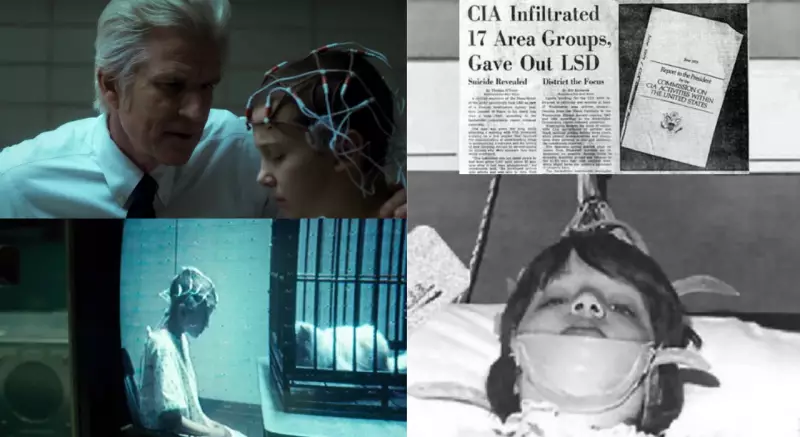
For millions of fans who have journeyed through the supernatural terrors of Hawkins, Indiana, the upcoming final season of Stranger Things promises to deliver epic conclusions. However, the most unsettling aspect of the hit Netflix series isn't its fictional monsters, but the real-world horrors that inspired them.
The CIA's Dark Experiments: Project MKUltra
Hawkins Laboratory's most disturbing inspiration comes from Project MKUltra, the CIA's actual mind control program that began in 1953 during the Cold War. This top-secret initiative aimed to develop techniques for manipulating human consciousness and extracting information from unwilling subjects.
Across the United States and Canada, more than 80 institutions including universities, hospitals, and prisons conducted these experiments, often without participant consent. The methods included exposure to psychedelic drugs like LSD, sensory deprivation, hypnosis, and electroshock therapy.
The program operated for two decades before being exposed. In 1973, the CIA ordered the destruction of most documents, though Senate investigations later uncovered nearly 20,000 pages of surviving files. While officially terminated in the early 1970s, some investigators believe similar experiments continued under different programs.
In Stranger Things, this history directly shapes Eleven's origin story. Her mother, Terry Ives, volunteers for MKUltra while unknowingly pregnant, leading to Eleven's telekinetic abilities. Dr. Martin Brenner represents the real-world archetype of ethically unbound researchers who controlled and experimented on human subjects.
Montauk Project: Child Experiments and Conspiracies
Before Hawkins existed, Stranger Things was originally titled "Montauk" and set in Montauk, New York. The Duffer Brothers drew extensive inspiration from conspiracy theories surrounding the Montauk Project, which alleged government experiments on children involving psychological warfare, mind control, and even time travel.
Although the setting shifted to fictional Hawkins, Indiana, the core themes remained: secret government experiments, child manipulation, and the collision of innocence with scientific ambition. The Montauk Project's influence is evident throughout Hawkins Laboratory and Dr. Brenner's covert operations.
Real Hauntings and Social Hysteria
The Creel House from Season 4 draws directly from the infamous Amityville Horror case. In 1977, George and Kathleen Lutz moved into a Long Island house where six family members had been murdered just 13 months earlier. They reported paranormal activity including disembodied voices and unexplained phenomena before abandoning the house after only 28 days.
Equally significant is the series' portrayal of the Satanic Panic of the 1980s. Eddie Munson's character reflects the real-life story of Damien Echols from the West Memphis Three case, where teenagers were wrongfully convicted of murder amid mass hysteria about satanic influence.
During this era, heavy metal music, Dungeons & Dragons, and outsider lifestyles were often misinterpreted as evidence of devil worship. The Hellfire Club storyline in Stranger Things accurately captures how fear and misunderstanding escalated into collective hysteria across America.
Season 5 Release and Final Confrontations
Stranger Things Season 5 will be released in three parts on Netflix. The first four episodes arrive on November 26, 2025, followed by three episodes on December 25, and the final episode on December 31, 2025.
Early teasers suggest the season will return to 1983, showing Will Byers' initial disappearance from his perspective and revealing Vecna's origins. The final episodes promise to bring together all these real-world inspired threads as Hawkins residents confront both supernatural threats and echoes of human cruelty.
By grounding its supernatural narrative in documented experiments, cultural hysteria, and infamous hauntings, Stranger Things achieves an eerie plausibility that makes its horrors feel terrifyingly possible.





